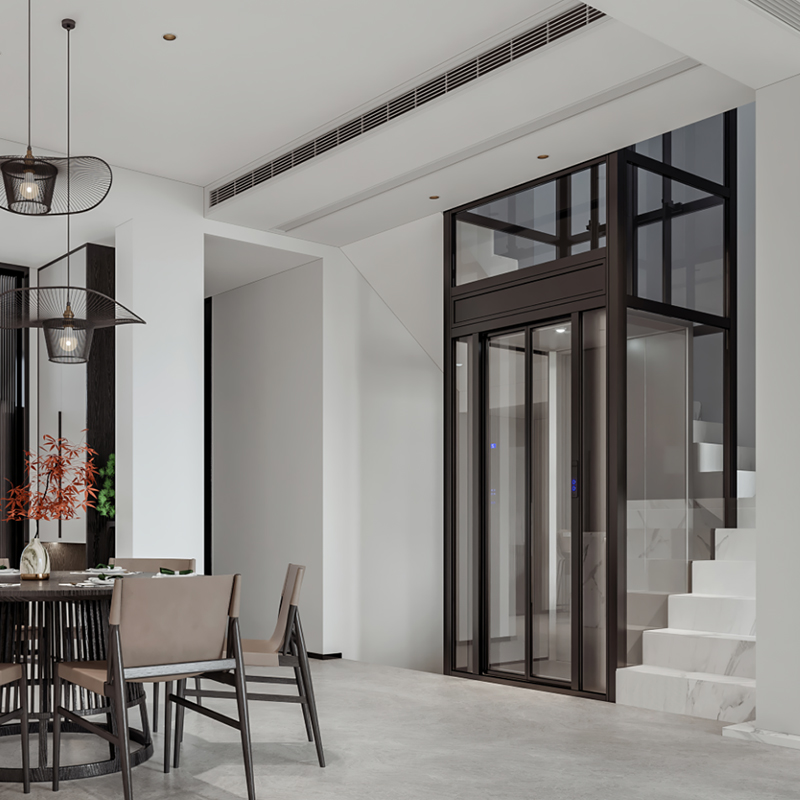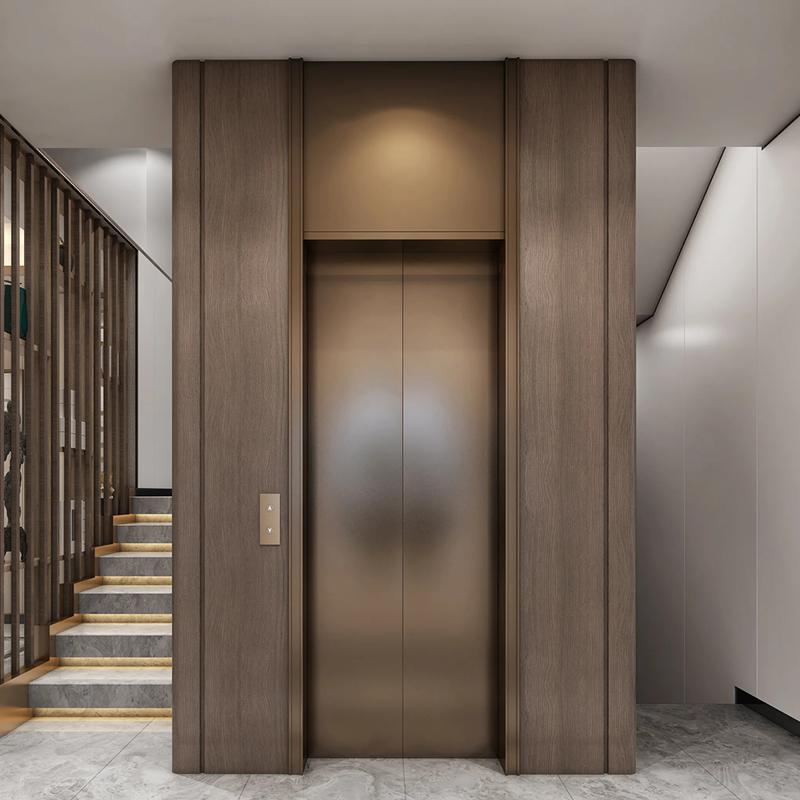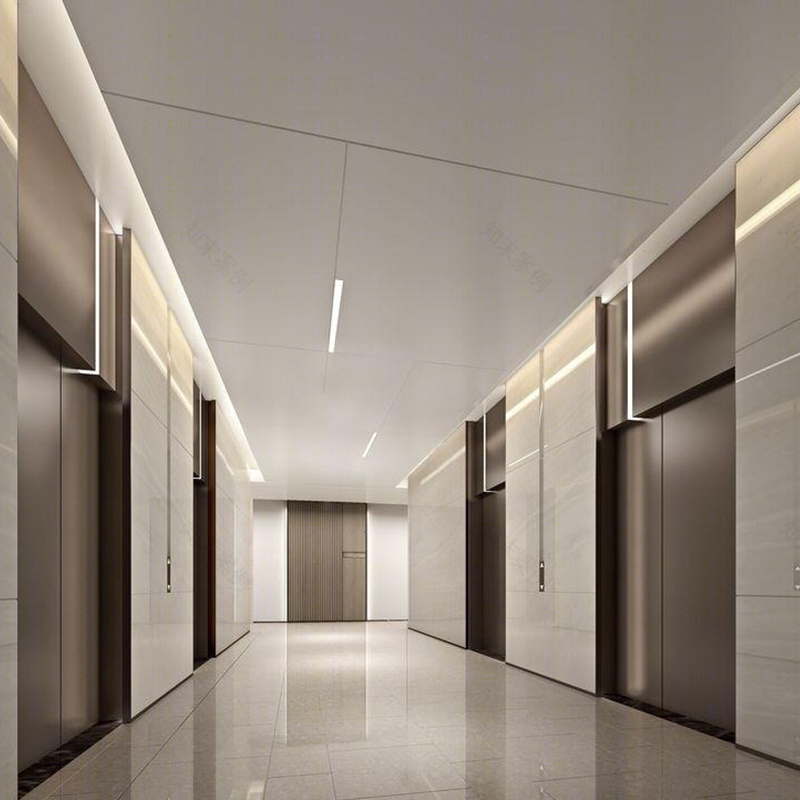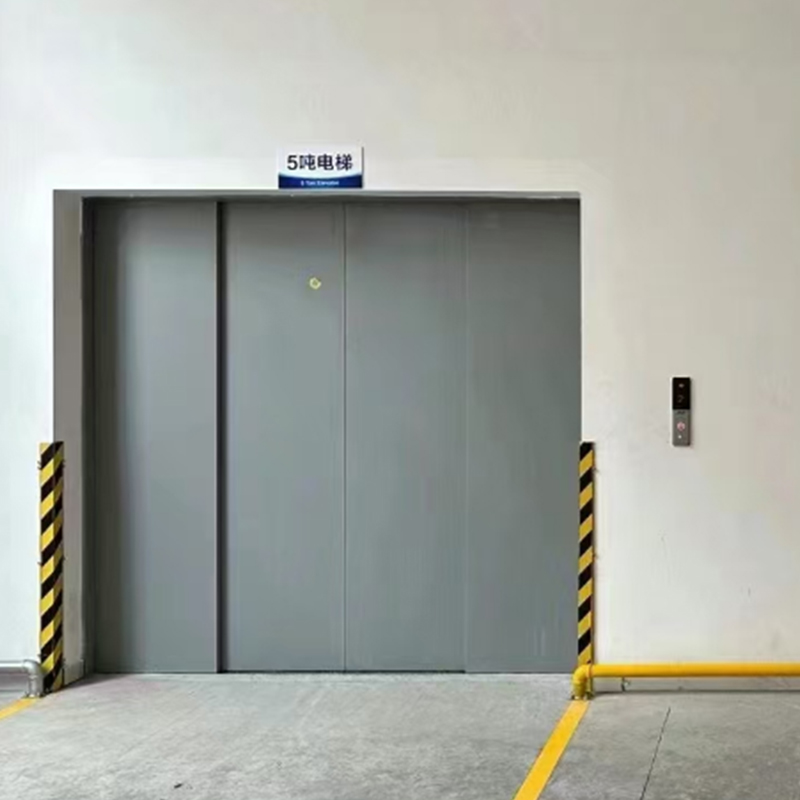
How to Choose Custom Energy-Efficient Passenger Elevators for Different Scenarios?
Posted by Admin | 02 Oct
How to Select Custom Energy-Efficient Passenger Elevators Suitable for Different Scenarios?
When choosing custom energy-efficient passenger elevators, the core is to consider the combination of usage scenarios, functional requirements, and energy-saving effects. Under different scenarios, the load capacity, size, and functional configuration of elevators vary significantly. For example, the needs for elevators in residential buildings and commercial buildings are completely different, and the installation conditions for small and large apartments also differ. At the same time, energy-saving performance should not only depend on motor parameters but also pay attention to the advancement of traction technology. Advanced traction technology can further reduce energy consumption while ensuring the speed of operation, avoiding the situation of "energy-saving but inefficient". In addition, the safety protection system is a non-negligible foundation. Whether for home or commercial use, core safety components such as speed limiters, safety clamps, and buffer devices must be complete, and combined with an intelligent monitoring system, to achieve comprehensive passenger safety protection. Finally, the flexibility of customization services is also crucial. From basic size adjustments to advanced function additions, full communication with the elevator supplier is required to ensure that the elevator can be fully adapted to the building structure and usage needs.
What Kind of Custom Energy-Efficient Passenger Elevators Should Be Selected for Small Homes?
When selecting custom energy-efficient passenger elevators for small homes, the primary consideration is space adaptability. Due to the limited installation space in small homes, the size of the elevator needs to be accurately customized according to the size of the corridor or reserved shaft, to avoid space waste due to excessive size or reduced riding comfort due to too small size. In terms of energy conservation, in addition to choosing high-efficiency motors, attention can also be paid to the standby energy consumption of the elevator. Some custom elevators support low-power standby mode, which automatically reduces energy consumption when not in use, making them more in line with the long-term energy-saving needs of households. At the same time, the operational stability of elevators for small homes is also important. Smooth start-stop control can reduce the impact on the building structure and avoid vibration caused by elevator operation affecting the living experience. In addition, considering the diversity of home usage scenarios, such as the elderly and children taking the elevator, the operation panel of the elevator can be customized into a simple and easy-to-understand style, reducing complex buttons and improving usability, allowing users of different age groups to operate it easily.
What Practical Value Do IoT-Enabled Custom Energy-Efficient Passenger Elevators Have?
The core value of IoT-enabled custom energy-efficient passenger elevators lies in improving management efficiency and operational convenience. Through IoT technology, the elevator can upload real-time operation data to the cloud, and managers can grasp the elevator's operation status, such as the current floor, load condition, and energy consumption data, through a remote monitoring platform, without the need for frequent on-site inspections, saving labor costs. More importantly, the IoT function supports fault early warning. When key components of the elevator are abnormal, the system will automatically send early warning information to maintenance personnel, allowing them to check and eliminate potential faults in advance, avoiding inconvenience caused by sudden elevator shutdowns. Especially for residential or commercial scenarios, this can greatly reduce the impact of elevator failures. In addition, the data analysis function also provides support for the energy-saving optimization of the elevator. By analyzing the usage frequency and energy consumption changes in different time periods, the elevator's operation strategy can be adjusted, such as reducing the number of operating elevators or lowering the operating speed during off-peak hours, to further improve energy-saving effects and make the elevator's energy-saving performance more targeted.
Why Recommend Luxury Custom Energy-Efficient Passenger Elevators with Air Purification When Pursuing a Luxury Experience?
In luxury custom energy-efficient passenger elevators that pursue a luxury experience, the addition of air purification functions can significantly improve riding comfort and health attributes. Elevators, as relatively enclosed spaces, are prone to accumulating odors, dust, or bacteria after long-term use. Especially in commercial scenarios with large passenger flow, the problem of poor air circulation is more obvious. Elevators with air purification functions can filter particles, odors, and harmful microorganisms in the air in real-time through built-in purification modules, keeping the air in the car fresh and providing passengers with a healthier riding environment. At the same time, luxury customization is also reflected in the details of the car interior. Exquisite material selection, reasonable lighting design, and comfortable space layout can make the riding process an enjoyment rather than a simple "transportation process". It should be noted that luxury experience does not mean ignoring energy conservation. During customization, it is still necessary to ensure that the core energy-saving components of the elevator, such as motors and traction technology, remain efficient, achieving "both luxury and energy conservation", which not only meets the quality requirements but also conforms to the concept of green environmental protection.
What Core Needs Should Be Paid Attention to When Customizing Energy-Efficient Passenger Elevators for Commercial Buildings?
When customizing energy-efficient passenger elevators for commercial buildings, the first thing is to meet the needs of large flow and high-frequency use. In commercial scenarios, elevators carry a large number of people and operate frequently every day. Therefore, it is necessary to select core components with strong durability, such as high-load motors and wear-resistant traction systems, to ensure the long-term stable operation of the elevator and reduce the probability of failures. Secondly, the energy-saving performance needs to be adapted to the energy consumption characteristics of commercial scenarios. The energy consumption of commercial elevators is usually higher than that of home elevators, so more advanced energy-saving technologies are needed to reduce operating costs. For example, regenerative energy feedback technology can be used to convert the energy generated when the elevator descends or brakes into electrical energy for recycling, further improving energy-saving effects. In addition, the intelligent dispatching function is also important. The passenger flow peak of commercial buildings is concentrated during commuting hours. During customization, an intelligent dispatching system can be added to adjust the elevator's operating floors and stopping strategies according to real-time passenger flow, reducing passenger waiting time and improving traffic efficiency. Finally, the safety protection system needs to be strengthened for commercial scenarios, such as increasing the sensitivity of overload protection and optimizing the response speed of emergency alarm devices, to ensure passenger safety even under large flow usage.
How to Achieve Quiet Operation and Music Function of Custom Energy-Efficient Passenger Elevators Through Customization?
To achieve the quiet operation of custom energy-efficient passenger elevators, it is necessary to carry out customized optimization from three aspects: elevator design, component selection, and installation. In the design stage, a noise reduction structure is adopted, such as adding shock-absorbing pads between the car and the guide rail to reduce friction noise during operation; in component selection, priority is given to low-noise motors and silent traction devices to reduce noise generation from the source; during installation, sound insulation treatment is carried out on the shaft to prevent noise from spreading into the building through the shaft. These customized measures can control the elevator's operating noise at a low level, and it will not affect daily activities due to elevator noise whether it is near the bedroom in a residential building or the office area in a commercial building. The customization of the music function needs to be combined with the atmosphere needs of the usage scenario. Home elevators can choose soft background music, and commercial elevators can choose soothing or lively music according to the building's positioning, while supporting volume adjustment and track switching, so that passengers can adjust according to their own preferences. It should be noted that the addition of the music function should not affect the energy-saving performance of the elevator. During customization, low-power audio equipment should be selected to ensure that while improving the riding experience, no additional energy consumption is added, and the energy-saving advantages of the elevator are maintained.
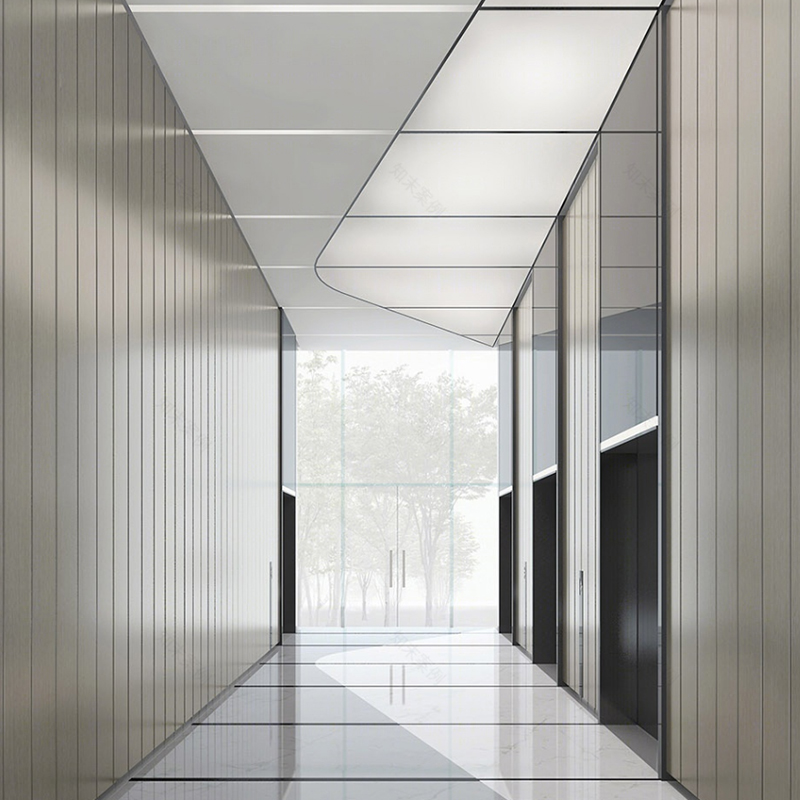
-
 Founding Road, Qidu Linhu Economic Zone, Wujiang City, Jiangsu Province, China
Founding Road, Qidu Linhu Economic Zone, Wujiang City, Jiangsu Province, China
-
 [email protected]
[email protected]
-
 +86 17701557926/+86 0512-63818375
+86 17701557926/+86 0512-63818375


 En
En English
English русский
русский Español
Español عربى
عربى